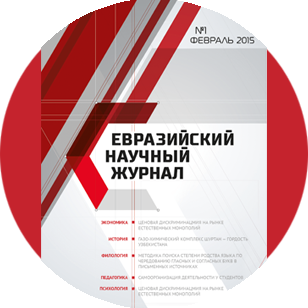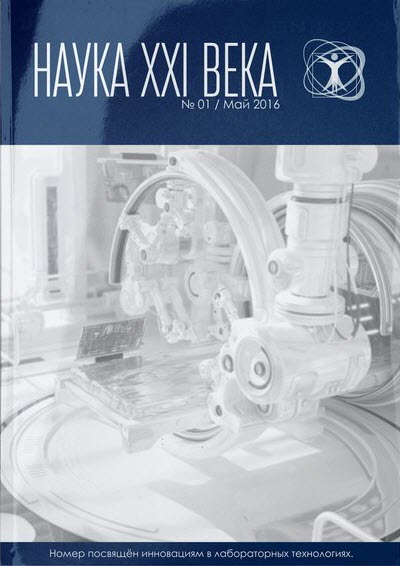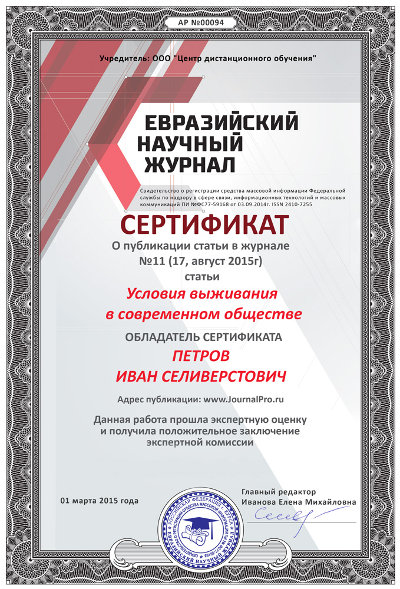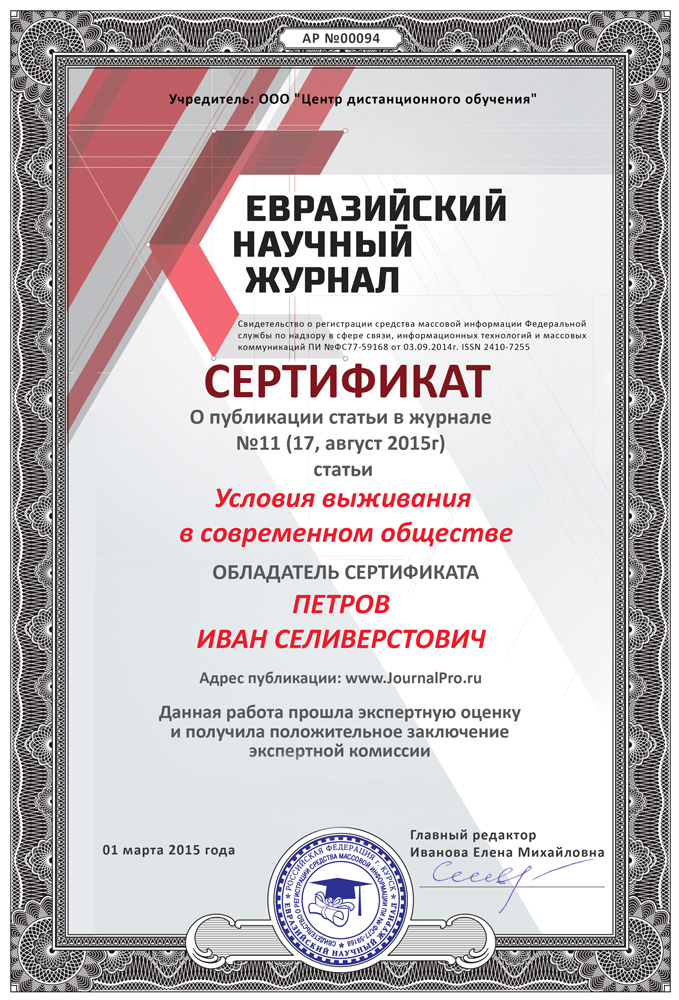Срочная публикация научной статьи
+7 995 770 98 40
+7 995 202 54 42
info@journalpro.ru
IMPORTANCE OF SELECTING LINGUISTIC AUTHENTIC MATERIALS ON TEACHING VOCABULARY
Рубрика: Педагогические науки
Журнал: «Евразийский Научный Журнал №5 2020» (май, 2020)
Количество просмотров статьи: 1592
Показать PDF версию IMPORTANCE OF SELECTING LINGUISTIC AUTHENTIC MATERIALS ON TEACHING VOCABULARY
Holnazarova Zebo
Tursunov Sobir
The findings of the teacher on teaching vocabulary in schools that vocabulary instruction does lead to gains in comprehension, but that methods must be appropriate to the age and ability of the reader. Using both indirect and direct teaching methods to build pupils’ oral and reading vocabularies should be a part of a balanced reading program. Indirect methods would include read-alouds, shared reading and writing experiences, and independent reading. Direct teaching of vocabulary should respond to the needs of the pupils and should actively engage them in the process (National Reading Panel, 2000).
A very effective way to expose children to literate vocabulary is to read to them from storybooks, especially when the reading is accompanied with discussion. Authors of good children’s literature have always found ways to talk “over children’s heads” — using big words and other aspects of literate language — without decreasing children’s interest or enjoyment.
We know that the volume of pupils’ reading is strongly related to their vocabulary knowledge. Pupils learn new words by encountering them in text, either through their own reading or by being read to. Increasing the opportunities for such encounters improves pupils’ vocabulary knowledge, which, in turn, improves their ability to read more and more complex text. In short, the single most important thing you can do to improve pupils’ vocabularies is to get them to read more.
We can encourage wide reading for improving vocabulary range in a number of ways. We might, for example, recommend or provide lists of books for our pupils to read outside of class, and make time in class for pupils to discuss what they have read. We can set aside a time each day for independent reading. In addition, of course, we can model the value we place on reading as they read, by telling pupils about the books we are reading.
In the past, vocabulary instruction most often consisted of learning lists of words and definitions (with a test on Friday). We now know that such instruction is of limited value, particularly in improving pupils’ reading comprehension. Pupils need to know how a word functions in various contexts. Therefore, instructional methods that provide pupils with both definitional and contextual information do improve comprehension, and do so significantly.
We know that, vocabulary is one of the aspects of the language to be taught in school. The problem is what words and idioms pupils should retain. It is evident that the number of words should be limited because pupils here only
The words selected may be grouped under the following two classes as being authenticity:
— Words that we talk with or form (structural) words which make up the form (structure) of the language.
— Words that we talk about or content words.
In teaching vocabulary practical needs, both structural words and content words are of great importance. That is why they are included in the vocabulary minimum. The selection of the vocabulary although important is not the teacher’s chief concern. It is only the “what” of teaching and is usually prescribed for him by textbooks and study guides he uses. In teaching vocabulary practical needs, both structural words and content words are of great importance. That is why they are included in the vocabulary minimum. The selection of the vocabulary although important is not the teacher’s chief concern. It is only the “what” of teaching and is usually prescribed for him by textbooks and study guides he uses.
On teaching vocabulary we some techniques as for teaching pupils the pronunciation and spelling of a word are as follows:
1) pure of conscious imitation;
2) analogy;
3) transcription;
4) rules of reading.
So, I’d like to mention that teaching vocabulary in schools makes an important responsibility on us. As a teacher, we should follow all the teaching vocabulary strategies and criterias for achieving good results at the end of our lessons. Word meanings are best learned through conceptual development. This approach stresses in-depth understanding as opposed to surface understanding. Existing concepts can be used as a basis for acquiring new concepts.
Used literature:
- Alqahtani, (2015). The importance of vocabulary in language learning and how to be taught. International Journal of Teaching and Education, III(3), pp. 44 — 50.
- Cameron, L. (2001). Teaching languages to young learners. Cambridge: Cambridge University Press.
- Read, J. (2004). 7. Research in teaching vocabulary. Annual Review of Applied Linguistics, 24, pp.
146-161.









